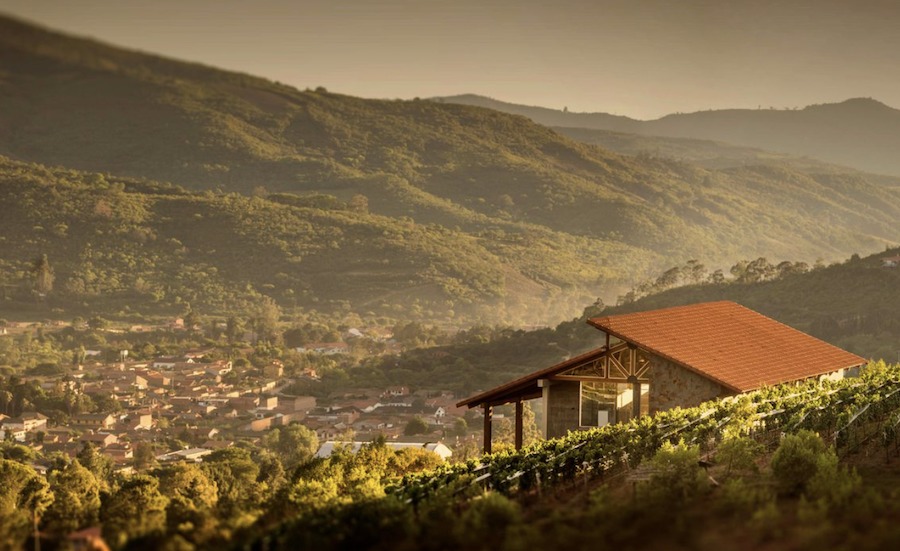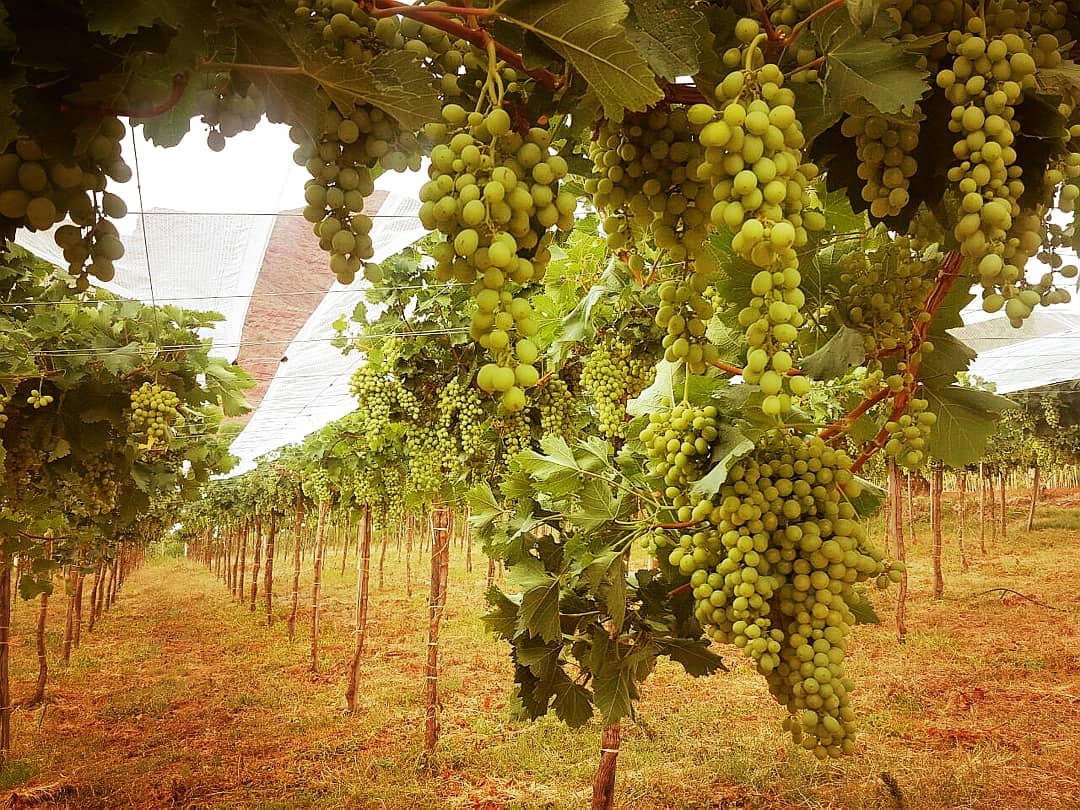The Santa Cruz valleys and Samaipata wine region in central Bolivia offer a unique insight into Bolivian wine and culture, and embrace a promising future in wine tourism.
Guide to Bolivia’s Santa Cruz valleys & wine region
Santa Cruz was slow to develop as a wine region, due to its stronghold of native culture and resistance to the Spanish Viceroyalty (which brought viticulture to other areas). The semi-humid and sub-tropical climate in and around Santa Cruz also isn’t ideal for viticulture. It is, however, quite advantageous for most agriculture and Santa Cruz is a major hub of Bolivian agriculture, and has more cows than people.
The wine regions of Santa Cruz therefore, are about three hours away from the city by car in a special transition zone where unique climate conditions combine. The Santa Cruz valleys are a series of shallow mountain valleys which are impacted southern winds, known as surazos, which blow through the valleys, keeping the climate cooler and drier than the Amazon basin and tropical climates above. These valleys, unlike the Amazon, have distinct seasons, which lend them to quality wine production.
In combination with the surazo winds, the high altitude also makes this a relatively moderate climate and one of the coolest in Bolivia — impressive for this latitude at 18°S! The wines gain plenty of aromatic expression from the high solar exposure, but also retain fresh acidities from the mountain influence.
Although many different grape varieties are grown in the Santa Cruz valleys, some of the star performers are fragrant Pedro Gimenez and Torrontès, and Syrah and Cabernet Sauvignon (which takes on an aromatic expression of citrus and floral notes I have not yet found elsewhere!)



